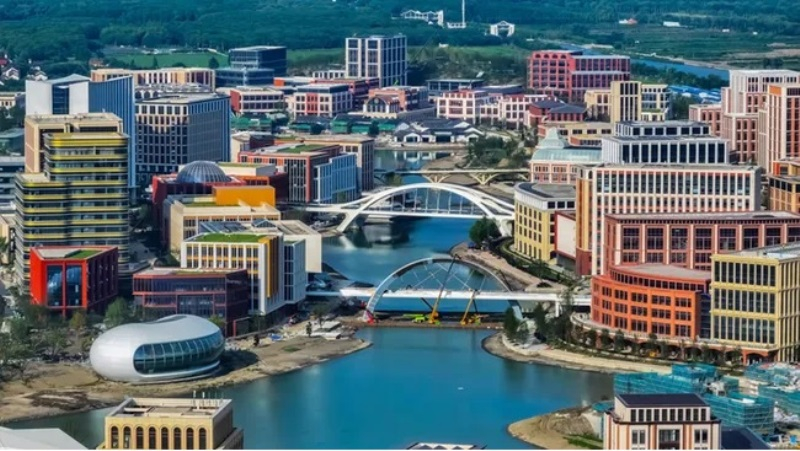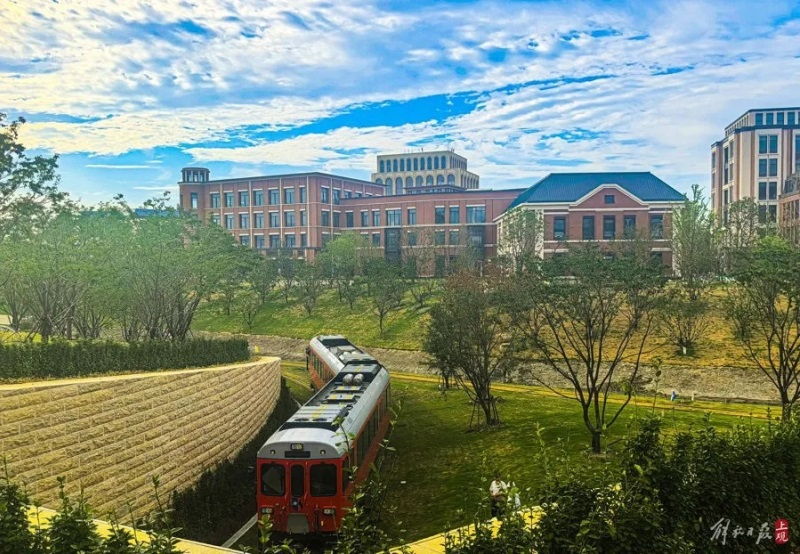The Chinese company Huawei has completed the implementation of its Shanghai Qingpu project, within the framework of which a new research complex Huawei Lianqiu Lake R&D Center was created. According to the source, the new research center in Shanghai is located on an area of more than 10.5 million m², and the investment in the project amounted to about $1.4 billion. In total, 35 thousand Huawei scientists and engineers will work in this complex.

Image source: Shanghai Municipal People’s Government
At the new research center, Huawei will focus on developing advanced technologies in various fields. The development of HiSilicon chips, 5G and 6G technologies, Huawei smartphones, cars and digital energy technologies will be carried out here. The entire complex is divided into eight separate areas, between which roads are laid, and later trains will run, and elevated overpasses will appear.
The Qingpu project began implementation in September 2021. It is also known that the development of the research center was inspired by the Chicago Lakeside complex. According to Huawei founder Ren Zhengfei, the Yangtze River Delta, where the new complex is located, is a good environment for the company’s foreign employees. Huawei needs to step up its own research as it bears the brunt of US sanctions in the ongoing standoff between Washington and Beijing. By combining its numerous centers into one, the company could optimize work and significantly simplify the process of interaction between different departments.

This ambitious project also demonstrates Huawei’s commitment to investing heavily in developing future technologies. The Lianqiu Lake Research Center is so large that its area is significantly larger than the size of Apple Park and the Microsoft Redmond campus combined. In addition, the company makes a lot of efforts to find and attract talented professionals, including Chinese citizens working abroad.